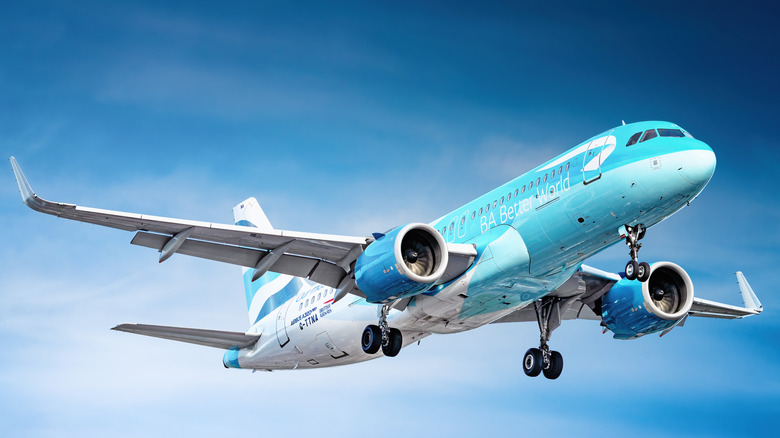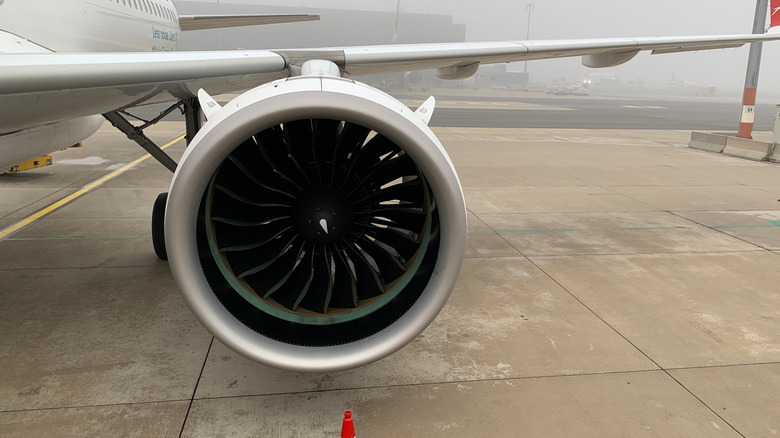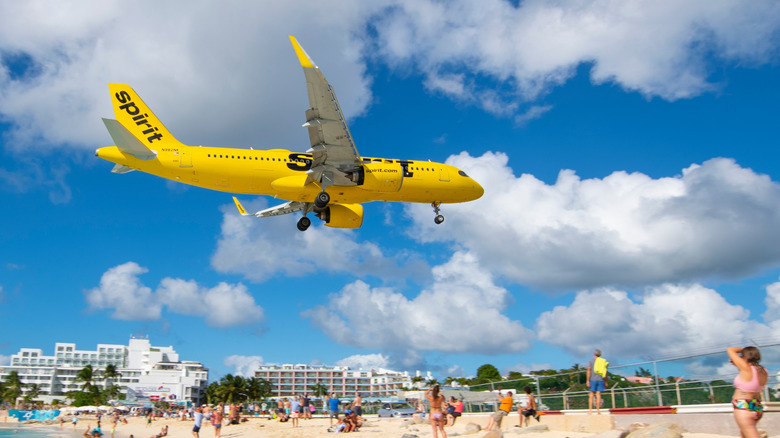Why Is Airbus Scrapping Basically Brand-New Jets?
Typically, when you imagine an airplane being stripped for parts, you probably picture an older aircraft at the end of its life. An aging plane sitting in one of the world's massive airplane boneyards , giving up whatever useful parts it has left after a decades-long career in the skies. What you don't imagine are nearly new, state-of-the-art jetliners being cannibalized for their parts. Sitting unused because of low demand or lack of crews? Maybe. But stripped and scrapped like an old junker? That sounds bizarre, but it's exactly what's been happening with an increasing number of Airbus jets in recent months.
It comes from pure economics. With the airline industry facing an unprecedented shortage of modern jet engines while simultaneously dealing with an ongoing heavy demand for global air travel, crazy things are happening. In some places, fully functioning modern Airbus planes can better serve their owners by being taken apart and stripped of their engines and other parts. That's because the fuel-efficient engines that power these planes are, for the moment at least, more valuable as spares than the entire aircraft itself. It's an unusual, slightly paradoxical scenario that shines an interesting light on how the modern aviation industry is structured.
The great jet engine shortage
This situation stems from a number of ongoing production issues and delays with the Pratt & Whitney geared turbofan (GTF) jet engines, which are used by the Neo version of the extremely popular Airbus A320 twin-engine jetliner. Over the last couple of years, production of these heavily in-demand, fuel-efficient jet engines has been plagued by ongoing supply chain issues as well as a labor strike that has seriously impacted both the delivery of new engines as well as the wait time for repairs, parts and maintenance.
Across the airline industry, operators have been forced to ground their jets due to a lack of engines and parts, with up to one-third of the 636 GTF-powered Airbus jets being grounded or put into storage. Obviously, a grounded plane is not a profitable plane, and with these planes unable to generate any revenue while waiting on engines and parts, a good, functioning GTF engine itself to get them back in the air can be worth as much as 20 million dollars on its own. This means that in certain cases, Airbus jets, including some that are only a few years old, are worth more being parted out, with their engines being the main prize. And it's especially true when it comes to planes owned by companies that lease the jets to airline operators.
Too many flyers, not enough planes
Across the global airline industry, as much as 40% of commercial aircraft are leased rather than owned by their operators. In a situation like this, where a leasing company may own a modern Airbus A320 Neo, it's simply more profitable to either sell off the engines at premium prices or rent them out for a much as $200,000 per month each than to lease out the plane. Besides the heavily in-demand engines, other valuable components can also be pulled off and recycled, including avionics and wing parts. Unfortunately, it doesn't seem like there's a quick end to this situation coming, with Pratt & Whitney admitting it will still be years before the production bottlenecks are cleared.
For airline operators, the GTF engine shortage is not an ideal situation to be in, but it's also just one of many issues ranging from a shortage of new aircraft to antiquated air traffic control systems. In a broader sense, the airline industry's struggle with lingering pandemic-era supply shortages and booming post-pandemic travel demand suggests that while the Covid era itself may be in the rear-view mirror, its economic effects will continue to be felt across industries for a long time to come.


